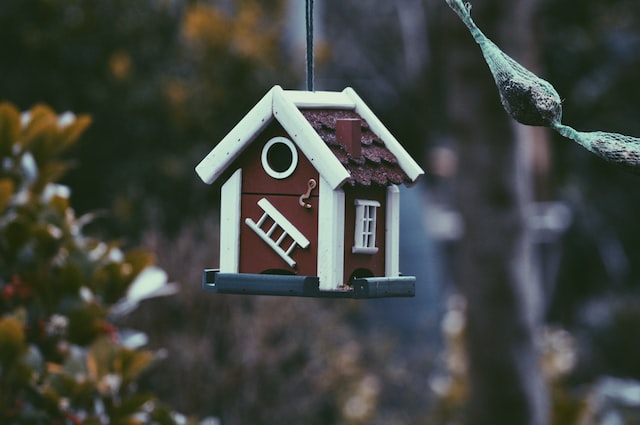
Why do I need Home Insurance?
You need home insurance to protect your property and belongings from damage or loss due to events like fire, theft, storms, or vandalism. It also provides liability coverage if someone is injured on your property. Without it, you’d have to cover repairs, replacements, or legal costs out of pocket, which can be financially devastating.
Frequently Asked Questions (FAQ)
The most frequently asked questions by customers about Home Insurance.
What is PPO dental insurance?
PPO (Preferred Provider Organization) dental insurance allows you to visit any dentist, but you save more by choosing dentists within the network.
What is PPO dental insurance?
What are the advantages of PPO dental insurance?
Exclusive Provider Organization (EPO)
Health Maintenance Organization (HMO)
Point of Service (POS)
What is PPO Vision Insurance?
Can I see any eye doctor with PPO Vision Insurance?
What are the benefits of PPO Vision Insurance?
What is the best coverage for you?
The best life insurance varies based on individual needs and financial goals. Here are some common types of life insurance and how to choose the best option for you:
Term Life Insurance:
Suitable if you’re looking for protection for a specific period (e.g., 10, 20, or 30 years).
Covers a set period, and if death does not occur during this period, the insurance ends.
Best for those who want temporary coverage to secure debt repayment, like a mortgage or children’s education costs.
Whole Life Insurance:
Provides lifelong coverage and guarantees the payment of the death benefit regardless of age.
Best if you want permanent protection and cash value accumulation over the long term, allowing you to borrow against the accumulated cash value.
Universal Life Insurance:
Offers lifelong protection with flexibility in adjusting premiums and coverage amounts.
Best for those who want the flexibility to change their premium payments or coverage amount over time.
Variable Life Insurance:
Allows you to invest in different investment accounts to increase cash value.
Suitable for those with a higher risk tolerance who want to grow their investment value over time.
How to choose the right insurance for you
If you need temporary protection to cover specific financial obligations, term life insurance may be the best option for you.
If you’re looking for lifelong protection with the opportunity to accumulate cash value, whole life or universal life insurance may be more suitable.
You should also consider your budget and the premiums you can commit to over the long term.
You can contact us for assistance in choosing the plan that best suits your needs at the following number: 855.277.7770.
What is Whole Life Insurance?
Whole Life Insurance is a type of insurance that provides lifelong coverage as long as premiums are paid. It features fixed premiums and guarantees the payment of the death benefit to your beneficiaries, regardless of age. It also includes a cash value component that you can borrow from or use when needed.
Benefits:
Lifelong Coverage: Continues for your entire life.
Cash Value: Grows into a financial investment that you can benefit from.
Fixed Premiums: Stay the same as you age.
This type of insurance is suitable for those who want permanent protection and long-term investment.
What is corporate health insurance?
Why do companies offer health insurance to employees?
What does corporate health insurance typically cover?
WHAT IS ORIGINAL MEDICARE PART A?
WHAT IS ORIGINAL MEDICARE PART B?
MEDICARE ADVANTAGE PLAN'S PART C?
Company
Get in touch
Request A Quote
Request a quote and we will response to your quote
